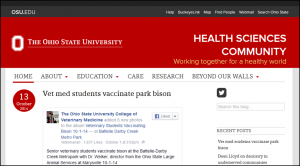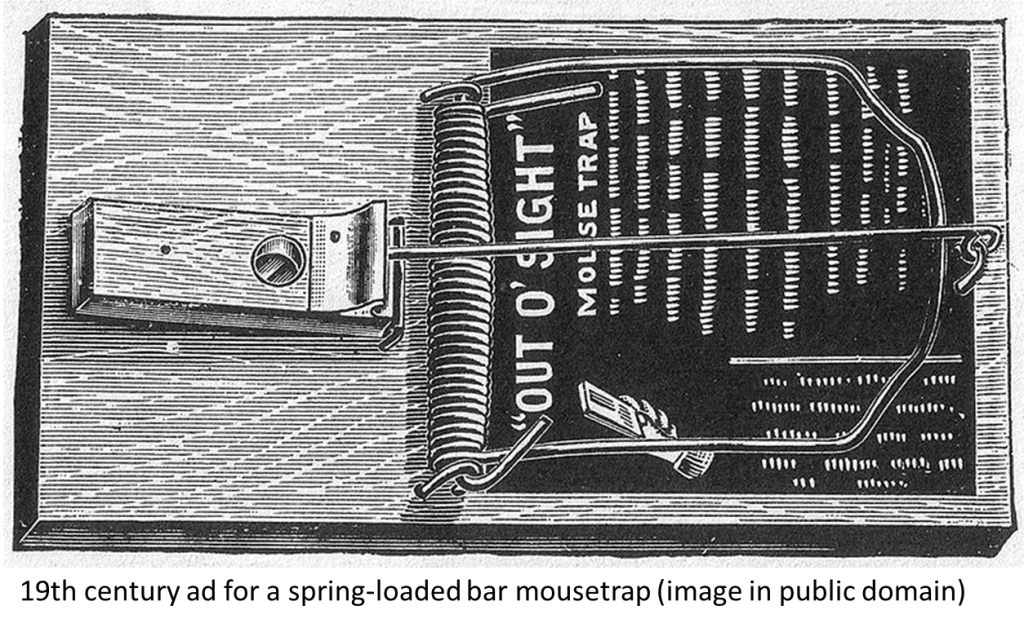Sintayehu is a friend who is part of the collaboration between Ohio State and the University of Gondar (UOG), Ethiopia. This summer, Ohio State sent a team of students and faculty to partner with UOG on a spay/neuter program and dog inventory as part of a rabies elimination pilot project. Below is a transcript of a Skype conversation between Sintayehu and myself. Sintayehu, a veterinary medicine faculty member, describes the field training UOG provides its vet students.
Christine: Now that the Diamond Jubilee is over, what’s going on at the University of Gondar? Is it summer break?
Sintayehu: Well, I am out of office for field work with students on their clinical field experience. Most of the schools are on summer vacation now, but students in Medicine and Health College, Vet Faculty and freshmen in various departments are still in campus.
Christine: What kind of field work do the vet students do?
Sintayehu: To support clinical medicine course and help them develop confidence and get acquainted with the real picture at clinics out there in working place, students take a course called off-campus training. The students will have about two weeks’ time exposure to different districts’ government vet clinics where they work as clinical vet students with close supervision by one faculty staff from UoG, and the district’s vet.

Sintayehu: They also engage in community services and help the clinics in every capacity they are capable of, like cleaning the clinic compound, providing recommendations on potential shortcomings, etc. After completion of off-campus training, they are supposed to present a field practice report about their stay and will be evaluated based on that.
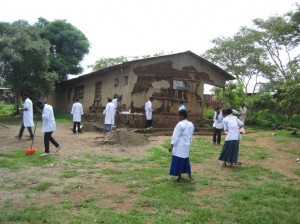
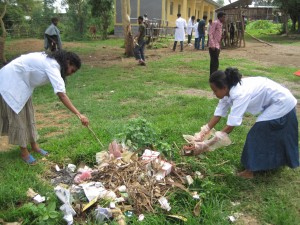
Christine: Do they provide direct care to animal patients?
Sintayehu: Yes, with supervision. That is why I am currently with them here in field.
Christine: I bet they learn a lot from that.
Sintayehu: Sure. That is the best way of learning from practical courses. And this is witnessed by them. However, because of small amount of budget they sometimes come back to campus earlier than planned. This is really a continuous challenge to the faculty and to them.
Christine: What are the most common illnesses or conditions that you see at the district clinics?
Sintayehu: Well, I can say we have all sorts of diseases. For instance, in the place we are now working are Infectious (Pasteurellosis, Black leg, Anthrax, Lumpy Skin Disease, Sheep pox, Rabies, Newcastle Disease), Parasitic (helminthes, arthropods: ticks, lice, mange mites; protozoans: Trypanosomes, Coccidia), Metabolic and nutritional, and reproductive disorders in cattle, sheep, goats, donkeys and chicken. I was surprised to see dogs as well in the clinic.

Sintayehu: However, to be honest with you, there are no laboratory facilities for confirmation of cases, so the diagnosis is almost always relied on history and clinical findings. No single laboratory diagnostic aid and there are only few drugs available.
Sintayehu: I saw a new building for the clinic and I was told that it has been built from the World Bank fund. Mr Nigussie, the vet technician working here, told me that it is now completed and will be furnished with basic clinic facilities from the same fund. Then it can have better veterinary service.
Christine: Why were you surprised to see dogs?
Sintayehu: I mean not to see them, but the awareness of the community, most of which are poor farmers, to get medical care for their dogs.
Christine: That seems like a good thing.
Sintayehu: Definitely! I was told by Mr Nigussie that the community has good awareness about the importance of bringing their animals to clinics whenever there is ill-health to their animals. That shows there is a big demand for vet service.
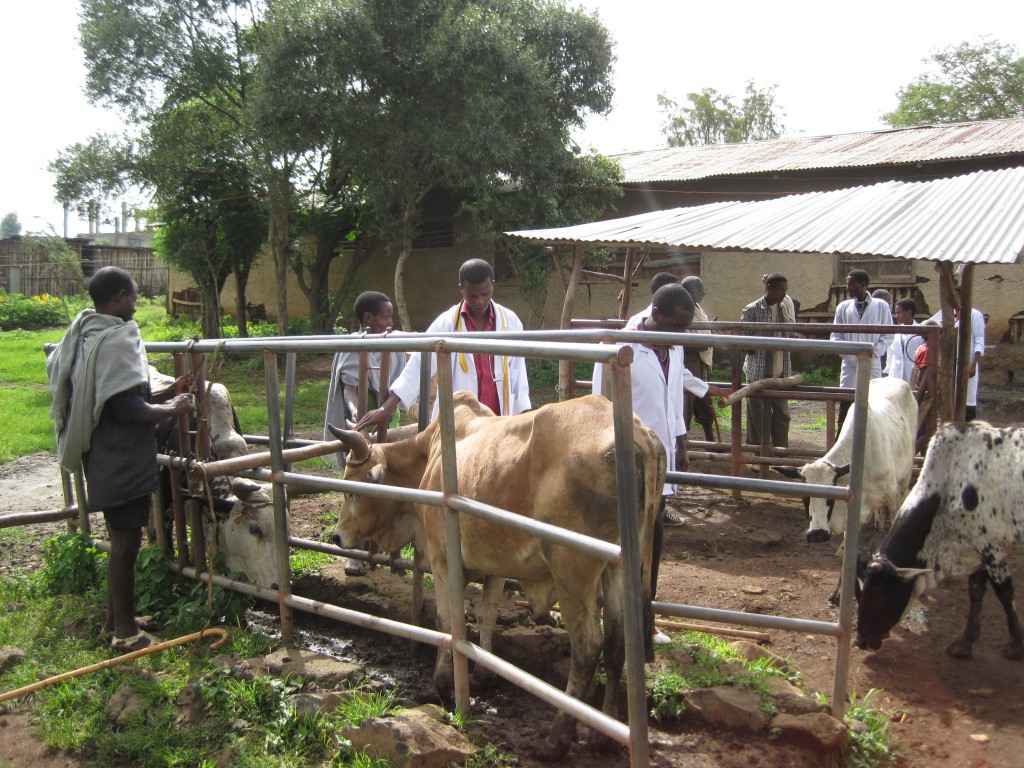
Christine: Also a good thing for the rabies project, perhaps? Showing awareness of needing to take care of their dogs?
Sintayehu: Yes. You know, I also asked about the status of rabies in the area. It is terrible to hear that there is high prevalence of rabies in the countryside. This is worsening by strongly rooted perception of the community that traditional healers can cure the disease. It is challenging human/animal health care. There is no rabies vaccination at the clinics. The only thing the vets in such districts doing are advise farmers to be careful of suspected dogs.
Christine O’Malley: Yikes! What areas will you visit next?
Sintayehu: This is the last field work for this academic year. Koladdiba, the place we are now working in, is not that much far from Gondar, about 35kms, but the road is rugged and may take you about an hour or so. I love having seen the countryside. I wish I could visit such places more often.

Group of students with my friend, Dr. Sintayehu, in the middle wearing the blue jacket.
